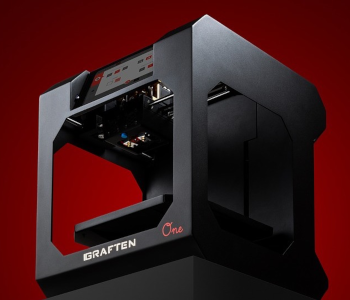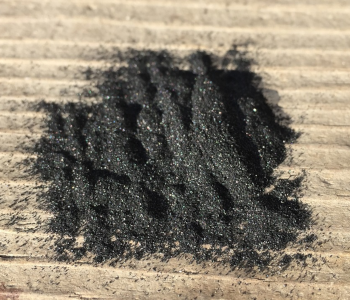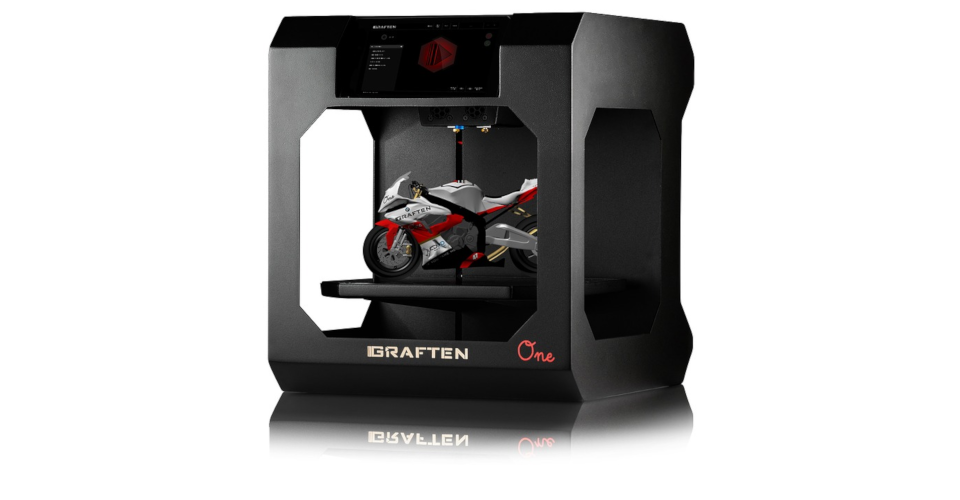What is Multi Jet Fusion (MJF) 3D Printing?
Most people are fairly familiar with 3D printing technologies that use filaments or photopolymer resin. These have become fairly common among hobbyists and even small businesses. However, there are also other 3D printing technologies that are more appropriate for professional or industrial applications.
One such example is called Multi Jet Fusion (MJF) technology. This is technology that is still rarely used but is well-known as being superior to many other 3D printing methods in terms of resolution, consistency, surface quality, and material options. How exactly does MJF work and what makes it special?
How does MJF work?

Multi Jet Fusion (MJF) can be compared to Selective Laser Sintering (SLS) in that both are 3D printing methods that use a powder raw material. However, this is pretty much where the similarity ends.
In SLS, the selective application of laser provides just enough energy to fuse powder particles together in a highly controlled manner. In MJF, a detailing agent is sprayed onto the powder bed via an array of ultra-fine nozzles. This agent seeps into the open spaces between the powder particles.
Application of the binding agent alone is not enough to cause the formation of layers from the powder bed. Rather, the binding agent’s primary purpose is to promote the absorption of infrared energy. After jetting of the agent, infrared light passes over the surface of the bed. The agent captures the energy from the infrared light and distributes it evenly across the powder particles.
When the build is finished, the entire build box is removed from the printer so that the finished part can be extracted. Excess powder is removed typically using a combination of brushes and air blowers.
In most cases, the initial application of energy to the powder bed is only enough to bring it to a “green” state. A secondary exposure inside an enclosed curing chamber will then be needed to fully allow the bonds to develop strength.
MJF benefits and drawbacks
Although MJF is far less common compared to other powder-based 3D printing methods, many industry experts have described it as a game-changer. However, it does not mean that it is the superior 3D printing method across all qualifications. As usual, the classic pros and cons list applies to MJF 3D printing.
PROS
Fine resolution
The use of fine powder as raw material for 3D printing opens the doors for high-resolution printing of finely detailed models. This is massively useful either for prototyping, parts manufacturing, or for artistic work.
According to some companies offering MJF services, this technology can print features as small as 0.5 mm and layers as thin as 80 microns. These are significantly finer than what SLS can achieve.
Isotropic mechanical properties
One of the more distinct characteristics of MJF-printed parts is that they are significantly more isotropic mechanically compared to parts made from other 3D printing technologies. This simply means that its mechanical properties are consistent across its different axes. For functional parts and prototypes, this means that MJF-printed parts are more reliable as they are less likely to break along the layer lines.
In terms of strength and durability, MJF-printed parts have been described as being comparable to injection molded parts. They are comparably cost-effective, especially when the technology is applied in manufacturing very small parts that require high levels of precision.
Fast, consistent, and predictable
The time it takes to cure a single layer of an MJF print remains the same regardless of design complexity. This provides an opportunity to maximize the build volume of an MJF printer by printing as many models as possible simultaneously.
This characteristic of MJF printing also makes the process more consistent and predictable in terms of productivity or throughput. This comes in handy in many industrial or professional applications.
CONS
Limited materials and colors

Right now, there are only a few materials that have been especially made for MJF 3D printing. Examples include PA12 Nylon, PP, and TPU. The colors of these materials also only range from black to grey – a color spectrum that is best described as uninteresting.
This may not be the case for so long as there are now several companies researching how to make different materials and colors for MJF, as well as enhancing them with special additives. This should make MJF 3D printing more expansive in the near the coming years.
Limited availability
3D printing may still be considered a highly specialized manufacturing technique, but MJF is an even more specialized branch of 3D printing. As such, it remains one of the rarest techniques available, mainly because the technology is far from being widely accessible.
Right now, there are not many companies that offer MJF services or manufacture MJF 3D printers. HP is one of the most prominent brands in this space and has been recognized as inventing and developing MJF technology. MN-based ProtoLabs is another popular company that offers MJF services.
MJF is superior to many other 3D printing methods in many aspects, but it probably isn’t the most practical option for every scenario. The highly specialized nature of MJF likely also makes it more expensive, at least until the technology becomes more common.
Applications of MJF
MJF 3D printing is similar to all the other 3D printing methods in that it can be used to manufacture virtually anything. While it excels in making functional parts and prototypes, nothing is stopping you from making mundane objects like bottle openers and cellphone cases via MJF.
To help narrow the scope of what projects can benefit from MJF, it is better to just cite applications that can benefit from the unique characteristics of the technology.
- Functional parts and prototypes
- Parts for snap fit assembly
- Low-volume production of high-complexity parts
- Small parts and prototypes with mechanical properties comparable to injection-molded parts
- Parts with a high degree of articulation
- Components for geared systems
- Thin-walled structures with large, flat surfaces
- Parts with complex and organic geometries
- Projects with crisp textures and surface details
- Any assembly with lattices and hinges
As you can tell, the main focus of these applications is on achieving very high levels of detail precision and part strength. Although MJF is a cost-effective method for prototyping and low-volume manufacturing, it is likely not commercially feasible for high-volume production.
Final thoughts
MJF is one of several powder-based methods for 3D printing. It is also one of the most specialized and rarely used. Even now, there are only a handful of companies and brands that have shown the capability to produce parts using MJF technology.
MJF is one of the 3D printing technologies that present a compelling case for replacing traditional manufacturing methods. It’s not quite there yet, but it is an intriguing preview of what the near future might hold.


